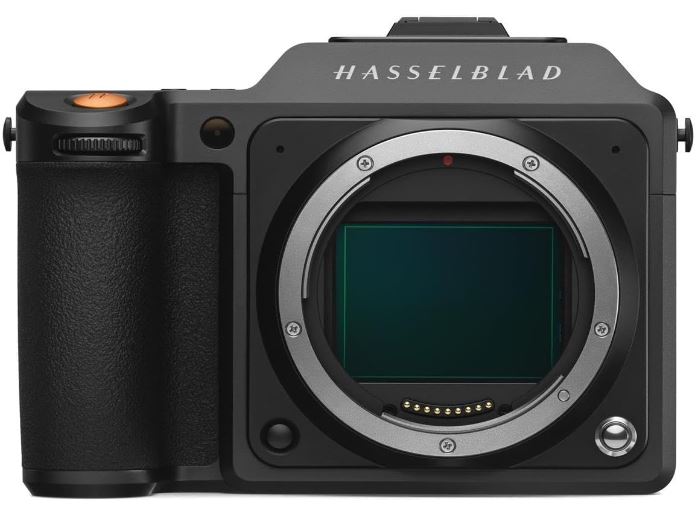Photography is an art where the right tools make a difference. With the evolution of camera technology, photographers often find themselves choosing between medium format cameras and mirrorless systems. Both have distinct features and serve different purposes, but how do they truly compare?
This article dives deep into these two camera systems, analyzing their differences, strengths, and weaknesses to help you make an informed decision.
Keep Reading: Integrate Medium Format Cameras
Understanding Medium Format Cameras
| Image | Product | Price |
|
Our Pick
1

|
Hassel X1D |
|
|
2

|
Fujifilm GFX |
|
|
3

|
Pentax 6457 |

Medium format cameras are synonymous with high-end photography. Traditionally, these cameras use larger film or digital sensors compared to their 35mm counterparts. This large sensor size translates into several advantages, particularly in image quality.
Sensor Size and Image Quality
One of the defining features of medium format cameras is their sensor size. Larger sensors capture more light, leading to superior image quality. Photographers who specialize in landscape or fashion photography often prefer medium format for this reason. The increased dynamic range allows for better color accuracy and detail retention, especially in challenging lighting conditions.
Depth of Field and Bokeh
The depth of field achieved with a medium format camera is unlike any other. With the larger sensor, photographers can achieve a more pronounced bokeh effect, which is highly sought after in portrait photography. The smooth transitions between the subject and the background add a level of professionalism that smaller formats struggle to replicate.
Build Quality and Ergonomics
Medium format cameras are often built like tanks. Their robust construction ensures they withstand the rigors of professional use. However, this also means they are generally heavier and bulkier compared to other systems. Photographers need to consider this when planning shoots that require mobility.
Diving into Mirrorless Systems
Mirrorless cameras have taken the photography world by storm. They are known for being compact, lightweight, and highly versatile. But how do they measure up against the mighty medium format?
Portability and Convenience
One of the major selling points of mirrorless systems is their portability. Unlike medium format cameras, mirrorless systems are lighter and more compact. This makes them ideal for street photography, travel, and situations where carrying bulky gear is impractical.
Autofocus and Speed
Mirrorless cameras have made significant strides in autofocus technology. Their on-sensor phase detection and contrast detection autofocus systems are fast and accurate, making them suitable for action photography and sports. Medium format cameras, on the other hand, often lag in this area, given their larger sensor and the need for precise focus.
Lens Selection and Adaptability
The mirrorless system is known for its lens adaptability. Photographers can use a wide range of lenses, often with the help of adapters, making these systems extremely versatile. Whether you are shooting with a vintage lens or a modern one, mirrorless systems can handle it all.
Comparative Analysis: Medium Format vs. Mirrorless
Image Quality
When it comes to sheer image quality, medium format cameras are hard to beat. The larger sensors allow for greater detail and dynamic range, making them the go-to choice for high-resolution work. However, modern mirrorless systems have closed the gap significantly. With full-frame and APS-C sensors, they deliver impressive image quality that satisfies the needs of most professional photographers.
Cost Efficiency
Medium format cameras are often seen as a significant investment. Their high price point can be a barrier for many photographers. Mirrorless systems, however, offer a more affordable entry into professional photography without compromising on quality. This makes mirrorless a more cost-effective solution for those on a budget.
Versatility and Use Cases
In terms of versatility, mirrorless systems take the lead. Their lightweight design and advanced autofocus systems make them suitable for a wide range of photographic genres, from wildlife to weddings. Medium format cameras, while exceptional in controlled environments like studios, are less versatile due to their bulk and slower autofocus.
Innovation and Technology
Mirrorless cameras are at the forefront of technological innovation in photography. Features like electronic viewfinders (EVFs), in-body image stabilization (IBIS), and 4K video recording make them a favorite among tech-savvy photographers. Medium format cameras, while improving, tend to lag in adopting the latest tech due to their specialized nature.
Conclusion: Which System Should You Choose?
Choosing between a medium format camera and a mirrorless system ultimately depends on your specific needs as a photographer. If your work demands the highest image quality and you are working in a controlled environment, the medium format camera might be the best option. However, if you need a portable, versatile, and affordable system, a mirrorless camera could be the perfect fit.
Both systems have their strengths, and the best choice is one that aligns with your photographic style and professional requirements.

